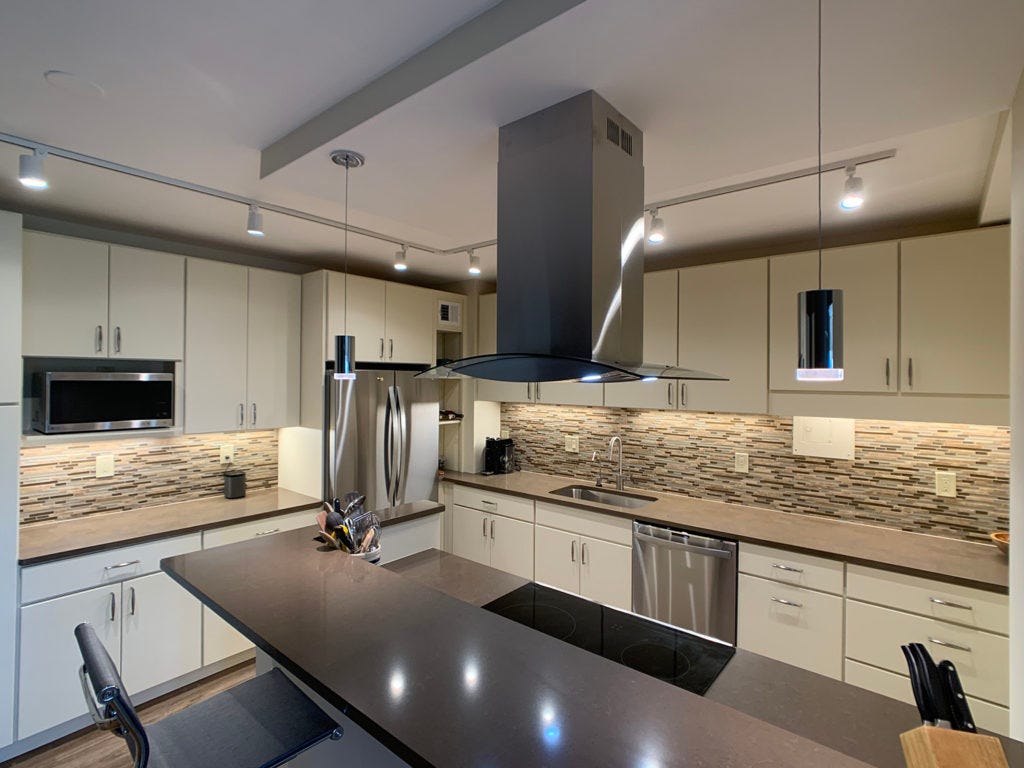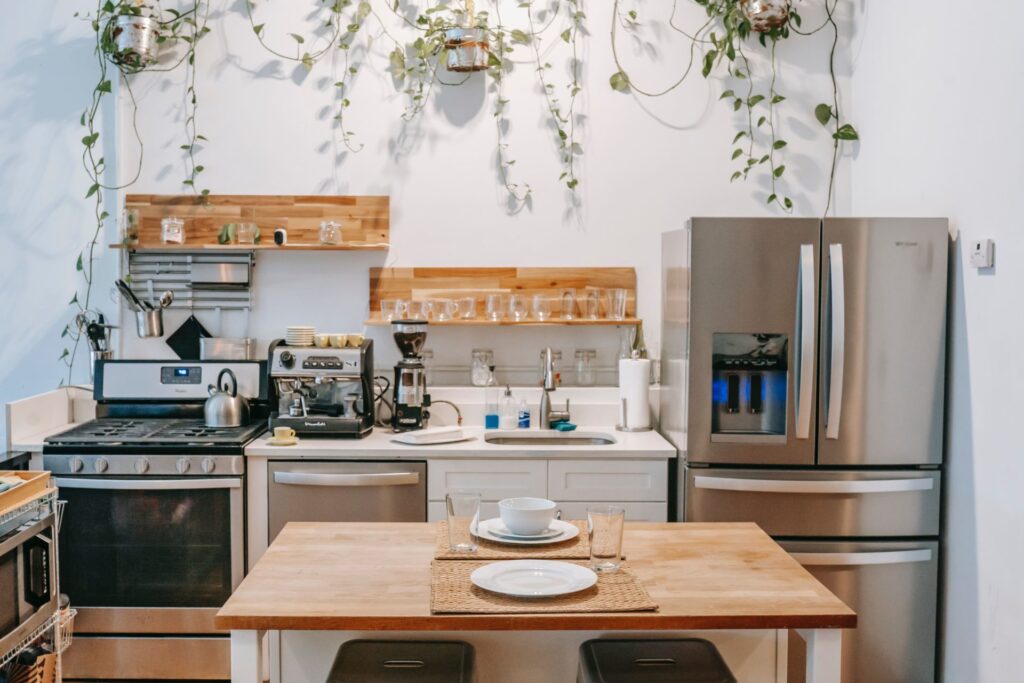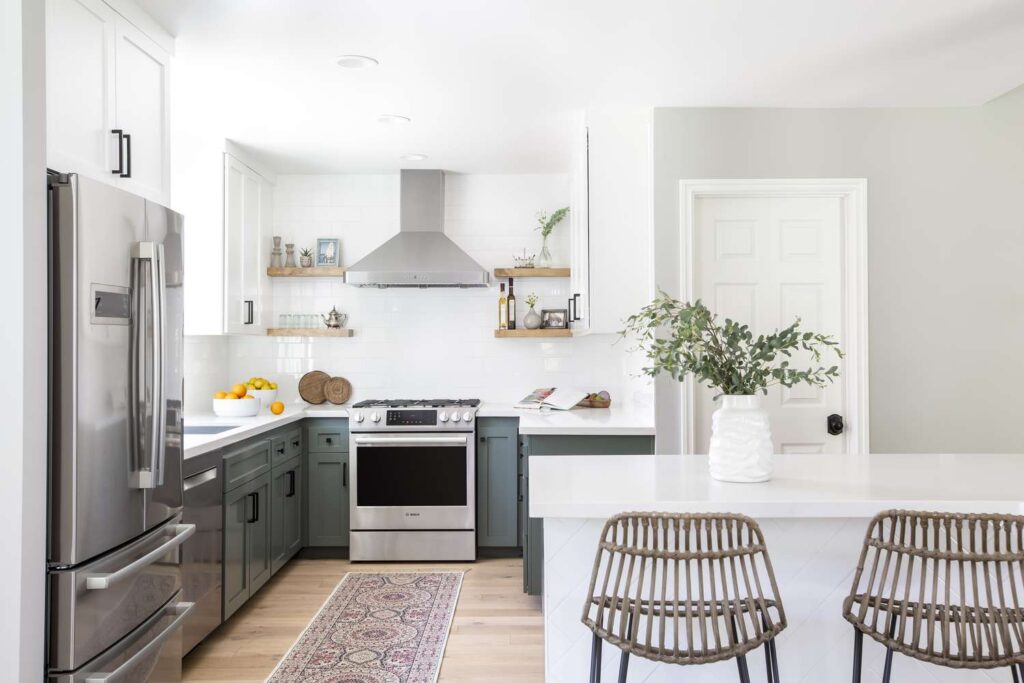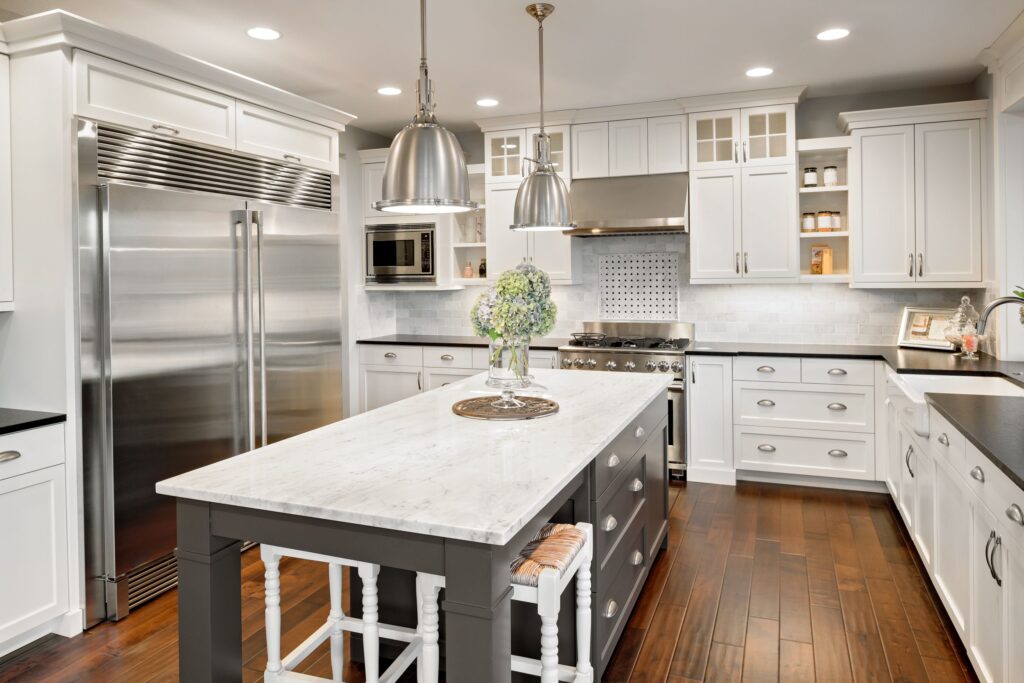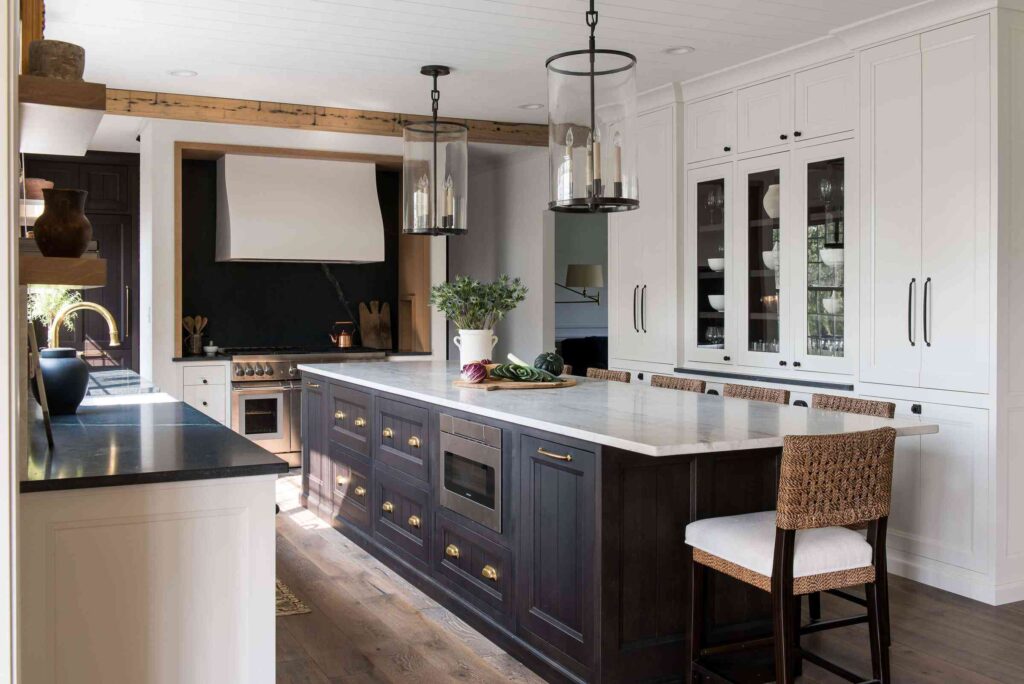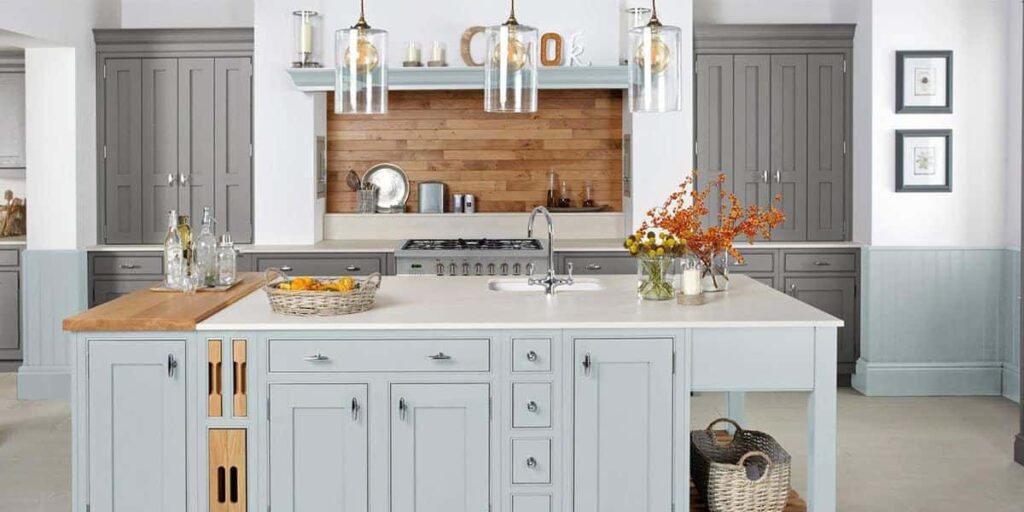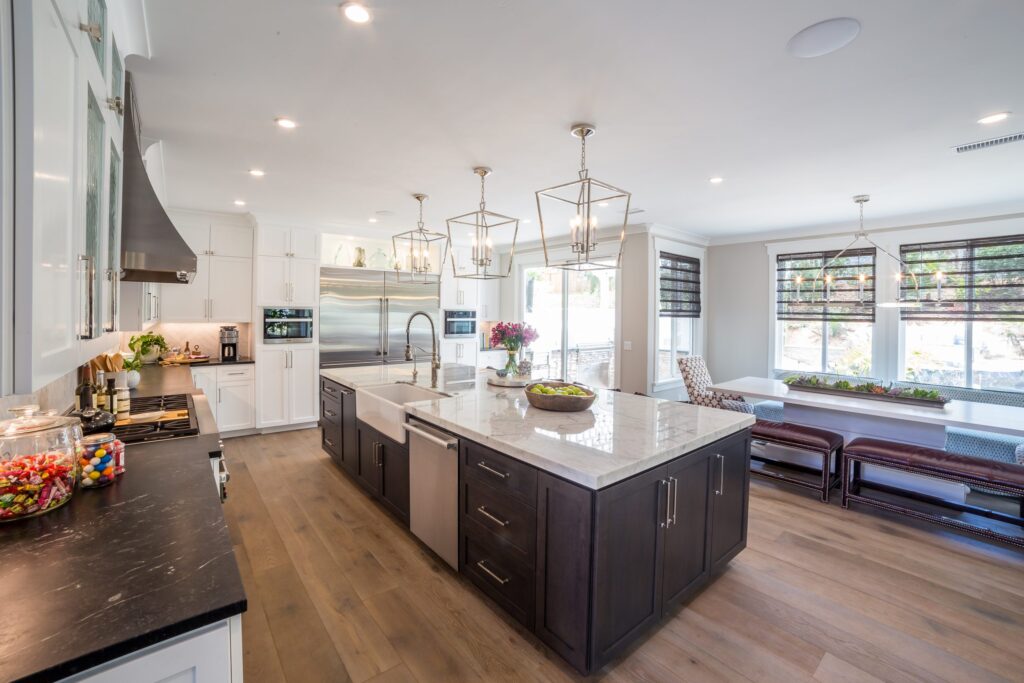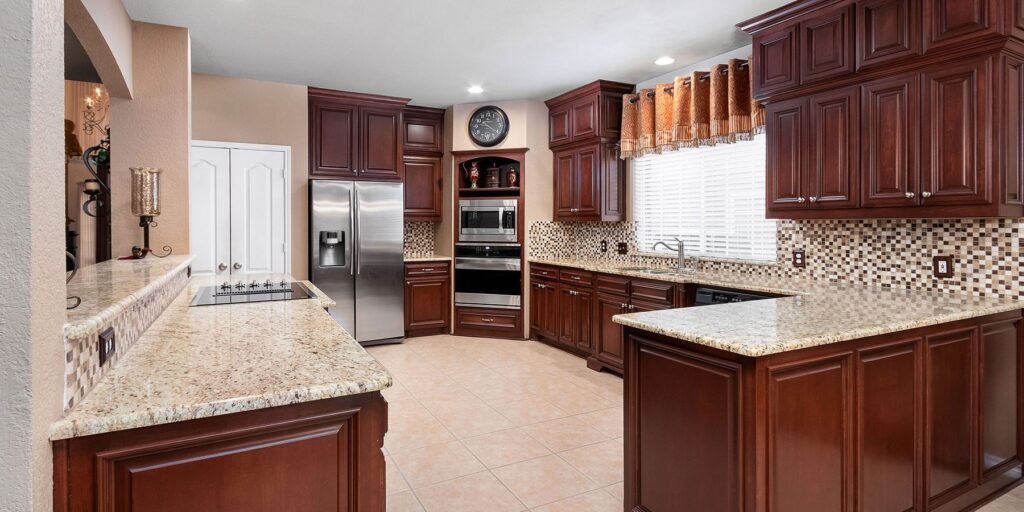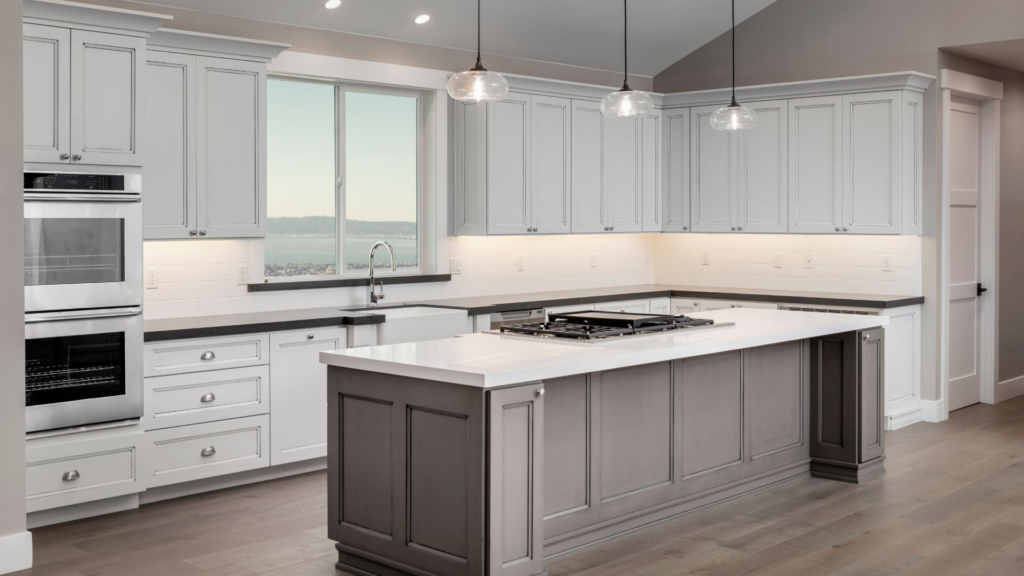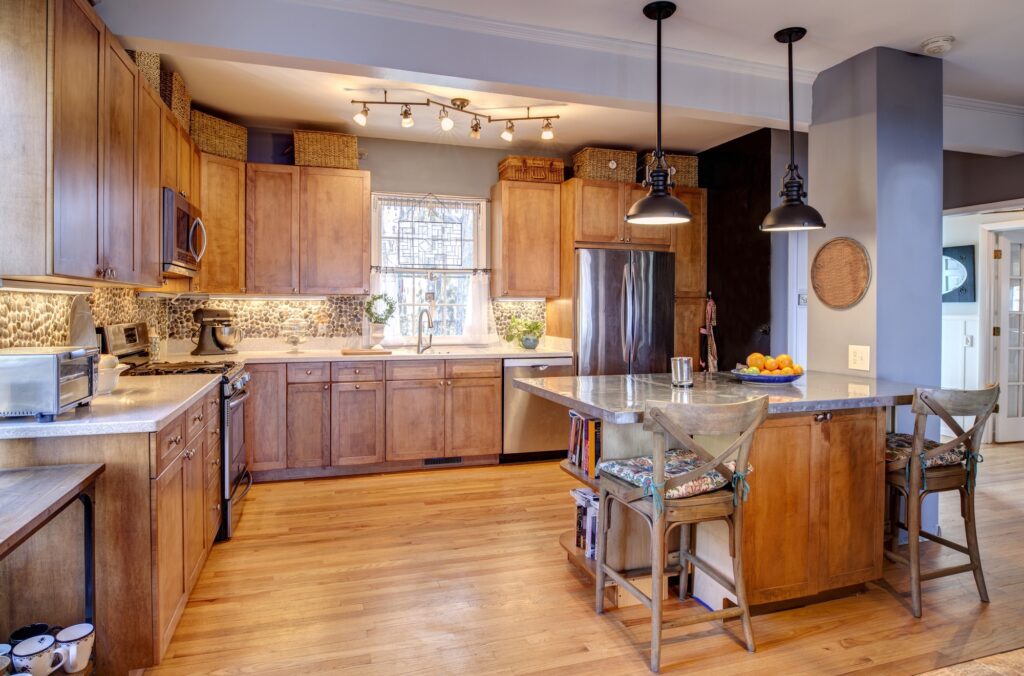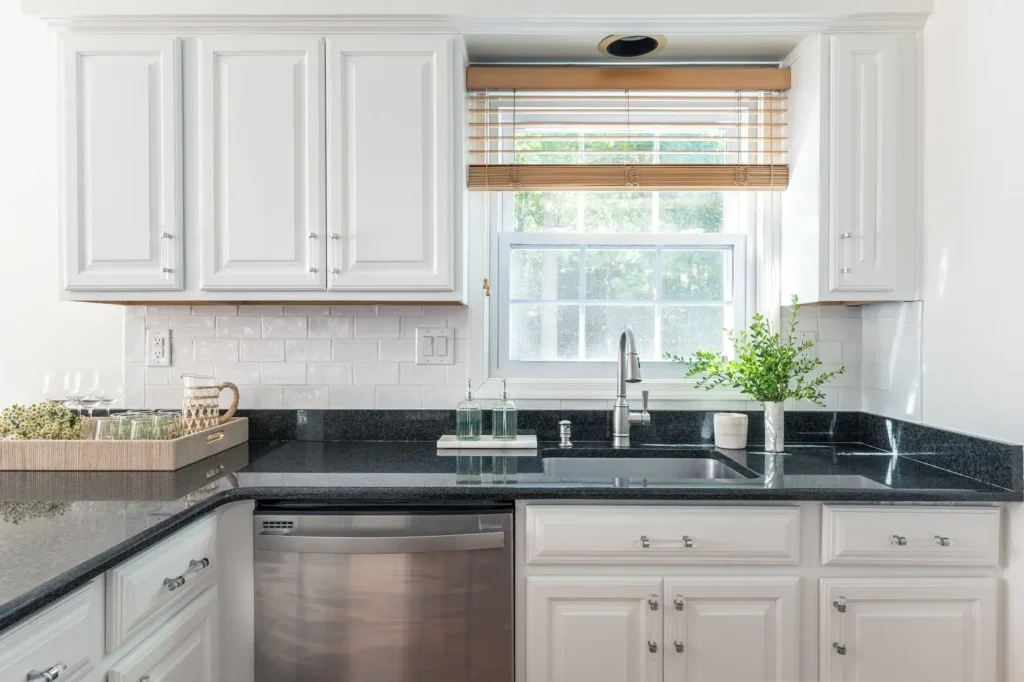Designing The Heart Of Your Home: Custom Kitchen Remodeling Tailored To Your Style
The conception of a kitchen solely as a utilitarian space for food preparation has been revised dramatically in recent years.
It’s often perceived that remodeling such a central area of one’s dwelling is an overwhelming challenge, fraught with myriad decisions and potential missteps.
However, it’s crucial to reframe this perception and understand that the process is not just about selecting appliances or choosing color schemes.
Rather, it represents an opportunity to design the very heart of the home according to personal aesthetic preferences and functional requirements.
This personalized renovation process extends beyond mere surface level alterations; it serves as a means of creating spaces that reflect individual tastes while fostering connection, comfort, and belonging.
This article endeavors to shed light on how homeowners can navigate the path towards customizing their kitchens in ways that resonate deeply with their unique lifestyles and culinary interests.
Offering practical advice coupled with creative insights on designing distinctive culinary spaces, it seeks to empower readers in transforming their kitchens from standard cooking zones into personalized expressions of style and functionality.
It underscores how each element chosen – from countertops and cabinetry to lighting fixtures – can harmoniously converge to shape an inviting hub where family members gather for nourishment, conversation, celebration or simply spending quality time together.
By embracing this approach towards kitchen remodeling, homeowners are enabled to create heartwarming spaces that cater not only to their practical needs but also echo their passion for food and community.
Understanding the Process of Personalized Renovation
Delving into the realm of personalized renovation is akin to embarking on an epic journey, requiring a comprehensive understanding of various processes that facilitate the transformation of your kitchen into a culinary paradise tailored specifically to your unique style.
This intricate process involves meticulous planning and strategic execution, with each step being crucial in determining the final outcome. It commences with an initial consultation where one’s vision, preferences for aesthetics and functionality are discussed in detail. From there on, it moves onto conceptualizing the design which encapsulates individuality while ensuring practicality.
The subsequent phase focuses on fine-tuning the proposed design based on feedback received from the client. This includes choosing appropriate materials like countertops, cabinetry finishes, flooring options and other finer nuances that contribute towards creating a space reflecting personal taste and style. The significance of this stage lies not only in realizing visual appeal but also ensuring durability and efficiency as these choices directly affect longevity and ease of maintenance in this heart-of-the-home space.
Upon reaching consensus regarding every detail pertaining to layout, material selection and color schemes among others, implementation begins. Professional contractors meticulously undertake tasks such as demolition of existing structures if required, installation of new elements according to plan while adhering strictly to safety standards and regulations. Progress is continually monitored till completion to ensure alignment with original plans without compromising quality or aesthetics.
Thus unfolds a transformational journey that breathes life into one’s dream kitchen – essentially crafting a space where individual style meets homely comfort seamlessly.
Tips for Creating a Unique Culinary Space
Crafting an original culinary space requires a discerning eye for aesthetics and functionality, with careful consideration given to elements such as color schemes, appliance placement, and innovative storage solutions.
Selecting the appropriate color palette can establish the mood of the kitchen while complementing your unique style. Lighter colors tend to enhance the perceived size of the room while darker hues offer a more intimate setting.
Appliance placement is not merely about convenience; it’s also about creating efficient workflows that minimize movements when preparing meals or cleaning up.
Innovative storage solutions are integral in maintaining an organized kitchen without compromising on aesthetic appeal.
Ergonomics should be kept at the forefront of planning, ensuring that physical comfort does not get lost amidst aesthetic considerations. The height and depth of countertops need to cater to those using them frequently; otherwise, discomfort could lead to disuse over time.
The triangle concept – where refrigerator, sink, and stove form vertices – remains popular due to its proven efficiency in reducing unnecessary steps during meal preparation. Additionally, incorporating flexible features like adjustable shelves or pull-out racks provides adaptability for changing needs over time.
Creating an engaging culinary space also involves integrating personal touches that reflect individual tastes and interests. This might include displaying a collection of vintage cookware or installing handmade tiles as backsplash accents.
A well-placed piece of art could act as a focal point around which other design elements revolve enhancing overall cohesion within the kitchen layout.
Moreover, sustainable materials such as bamboo flooring or recycled glass countertops can subtly communicate values towards environmental consciousness without sacrificing style and elegance in your uniquely designed culinary environment.
Designing The Heart Of Your Home: Custom Kitchen Remodeling Tailored To Your Style Read More »
